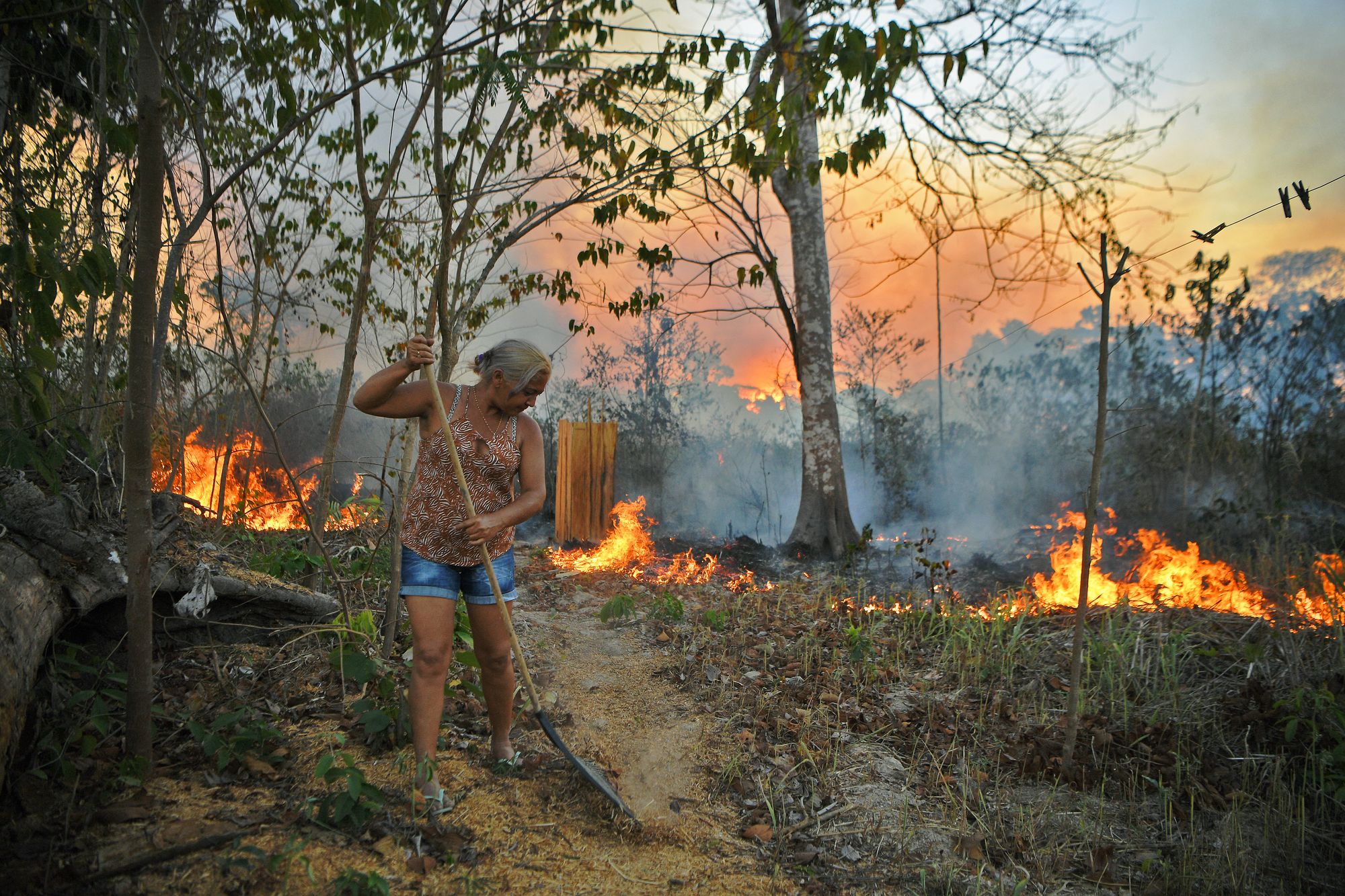Copyright independent

Air pollution across the vast Amazon rainforest — commonly nicknamed Earth’s “lungs” — is actually worse than some of the world’s biggest cities, new data shows. The Amazon’s 50 million residents are exposed to a higher level of toxic particulate matter known as PM2.5 than those living in São Paulo, Beijing or London, the independent campaigning network Greenpeace International found. The cause of the pollution is largely fires set by humans to clear forest for cattle and pasturelands, according to the peer-reviewed findings. “These fires expose the real cost of industrial agriculture. It’s not just deforestation, it's children in hospital beds, elders gasping for air, and forests turned into smoke to feed the global meat trade,” Lis Cunha, a campaigner at Greenpeace International, said in a statement. Exposure to PM2.5 — which is a mixture of many chemicals emitted from gas, oil, wood, landfills, constructure, the agricultural industry, wildfires and volcanoes — has been linked to dementia. Particles that have a diameter about 30 times smaller than that of a human hair can travel across hundreds of thousands of miles. When inhaled, the PM2.5 can get into the lungs and bloodstream, resulting in premature death, acute bronchitis, and cardiovascular conditions. These threats disproportionately impact children, infants, people with asthma, and older adults with chronic heart or lung disease. The pollutant has been tied to both lung and heart illnesses and tens of thousands of hospitalizations and early deaths across the Amazon region, Greenpeace says, with levels in Porto Velho and Lábrea recording daily averages that exceeded the World Health Organization’s 24-hour public health guideline by more than 20 times. That has occurred even as the number of fires has dropped this year due to better weather conditions and increased preventive efforts by Brazil’s government. The smoke there doesn’t just threaten Amazon communities, but can also cause similar problems in wildlife. Fires had killed hundreds of jaguars in just three years, according to research published in 2021. A separate study published the same year found between 93-95 percent of Amazon species had suffered some kind of consequence of the fires there. Maintaining a healthy Amazon is crucial to maintaining the balance of the Earth’s climate because the forest acts as a critical carbon sink — a sink that has partially failed, producing more planet-warming carbon dioxide emissions than it takes in. Deforestation has also played a role in eastern and southeastern Brazil, resulting in a long-term decrease in rainfall and increase in temperature during the dry season, according to the National Oceanic and Atmospheric Administration. Greenpeace said that it is calling on the annual United Nations climate conference in Belém, Brazil, to adopt a plan to reverse deforestation and degradation by 2030. That includes cutting ties with meat and feed producers driving the destruction. “The Amazon plays a vital role in preserving life on our planet, but it’s choking on smoke from fires set deliberately by the livestock industry,” said Cunha. “These incidents are not natural: every blaze started to clear land for cattle endangers everyone living in the Amazon, from city dwellers to Indigenous and local communities living in the forest.”



